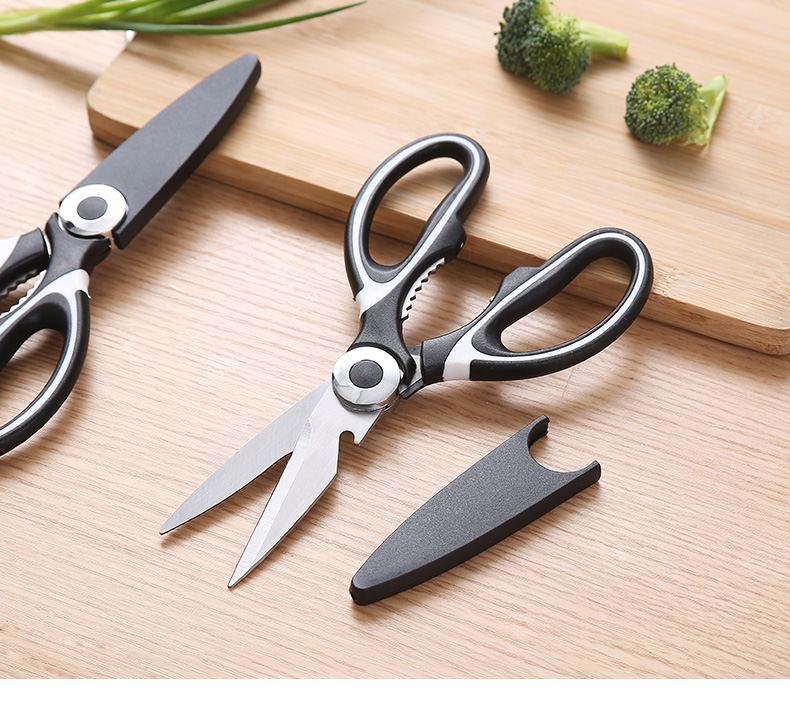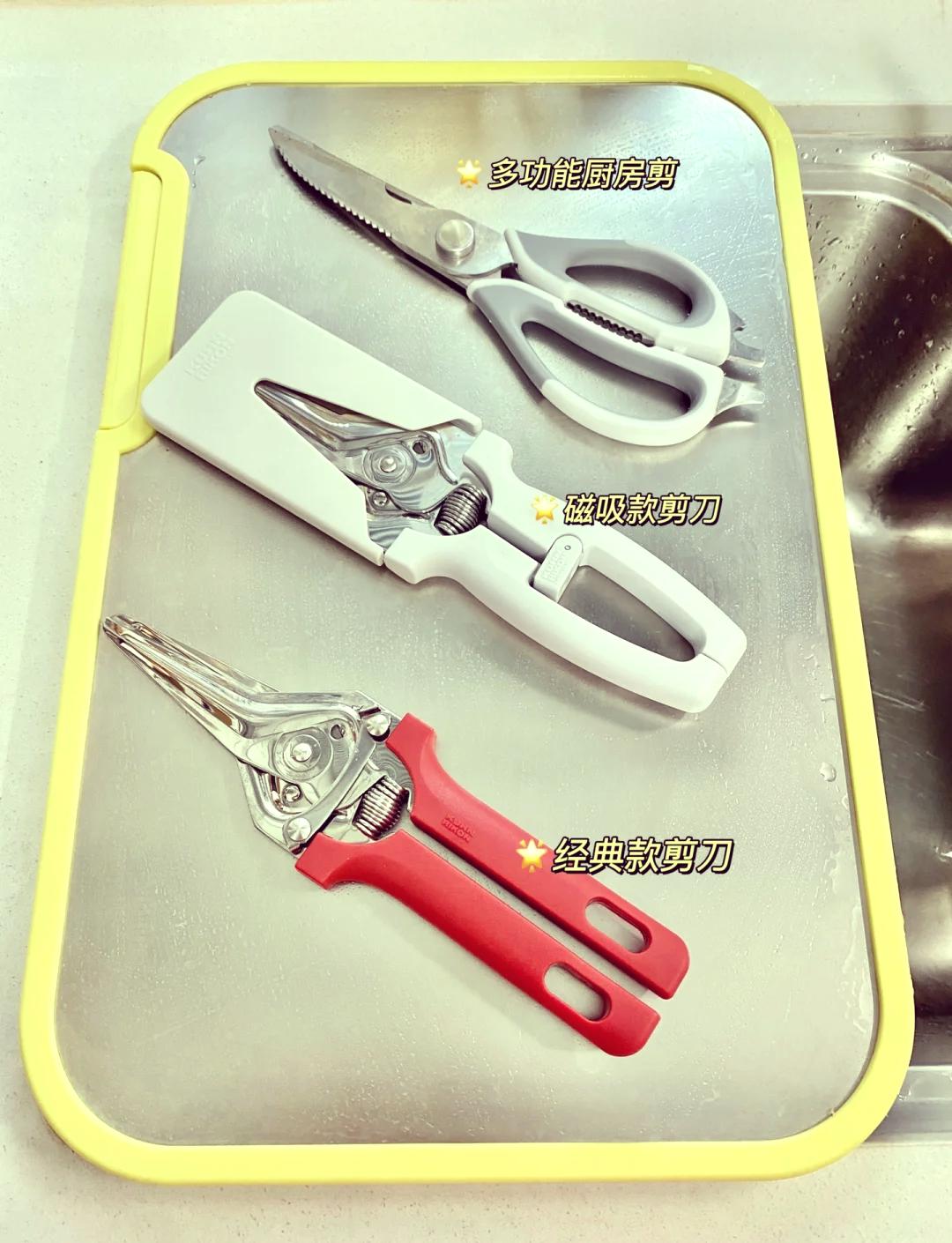Selection and maintenance of scissors
The selection method of scissors and the precautions to be taken when using scissors, such as ensuring that the object being cut matches the load-bearing capacity of the scissors, let's take a look together.

1、 Selection method:
- Check if the two ankle rings are flat and symmetrical in terms of arc shape.
- Check if the blade of the scissors is straight and has no gaps.
- Check if the heads of the two scissors are neat, close, or misaligned (commonly known as "over head").
- Check if the steel on the blade edge is evenly laid, and if the steel on the outer edge is clear, without any dust, broken steel, or soft edges. During the trial, the blade opens and closes smoothly and smoothly without any bumps.
2、 Usage and maintenance:
- Please use different knives for cutting bones and meat. Do not use a kitchen knife to cut or sharpen hard objects such as wood and metal.
- When cutting bones, a bone cutting knife with an obtuse angle at the heel should be selected. When cutting bones, the heel of the blade should be in contact with the bone and the knife should be dropped vertically. If the bone bites the blade of the knife, it is not advisable to shake it left or right and pull out the blade. The correct method is to lift the bone and the knife together before cutting until the bone breaks. Otherwise, it will cause the blade edge to break and form an arc-shaped gap.
- After each use, the cutting tools should be cleaned, wiped dry, and coated with cooked cooking oil. They should be placed in a ventilated and dry place, away from water sources and gas stoves, to prevent rusting. Stainless steel cutting tools that come into contact with carbon monoxide gas will produce yellow spots, which should be prevented
- The traditional method of rust prevention in households is to soak the knife in rice swill to prevent rust. Selection and maintenance of scissors






Reply